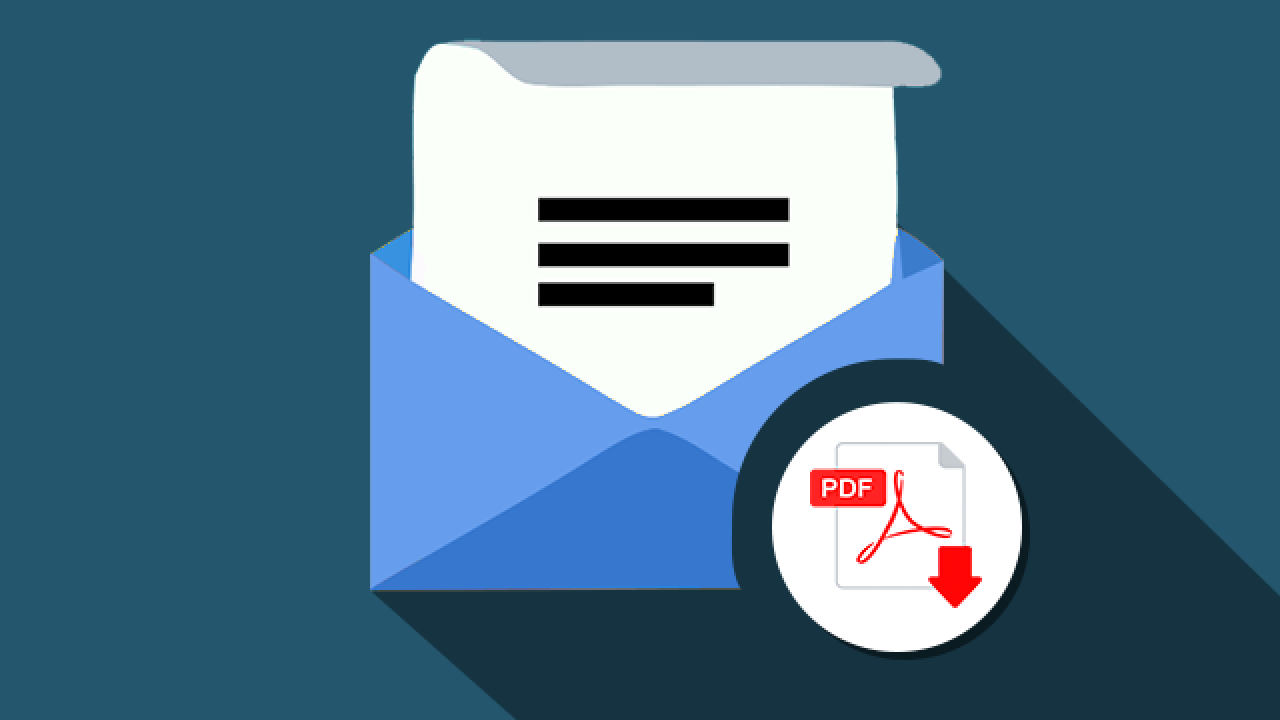Gmail is one of the most popular platforms for email in this digital age. But managing and organizing your email can be a challenge. The ability to save email as PDF can be a wonderful way to save and share important messages.
Why should emails be saved as PDF files?
Before we delve into the steps, we must understand the significance of saving emails in PDF. Portable Document format which is also known as PDF, is an universal format for files. It’s widely used due to it’s consistency and adaptability across different devices. When you convert your emails into PDF, it produces a snapshot that maintains the original format and structure of the email. This helps ensure that the data is kept intact and makes it easier to share.

How do you save an email as a PDF file in Gmail
1. Open the email: Log in to your Gmail Account. Then, open the email message that you wish to convert into PDF.
2. Click on the Print icon. The print icon is usually represented by a printing device. Click on it to display the print dialog box.
3. Choose “Save as PDF” as the Destination.
4. You are able to alter the settings prior to saving. This includes the size of paper and orientation, layout etc.
5. Click “Save” Click the “Save” and select the destination folder in order to save the email.
Your Ultimate Guide for Seamless Conversion
Let’s review additional ideas and suggestions to enhance the experience of saving emails as PDFs in Gmail. For more information, click Save Email to PDF
Use folders to organize your work Create separate folders for each category to maintain an organized approach. As an example, you may keep folders for your work-related emails, personal correspondence, or specific projects. Saving emails as PDF into these folders makes finding them simple.
Gmail’s batch printing option allows you to choose multiple emails to print all at once. This can be extremely useful if you want to archive entire conversation or project threads.
Name conventions: Use an identical name for all your PDFs. Include relevant information like the sender’s name and subject or date to help locate specific documents in the future.
Password protection: To improve security, protect sensitive PDFs. It ensures only individuals who have the appropriate authorization are able to be able to view the document. This is an added layer of security.
Cloud Storage Integration: Explore the possibility of integrating your Gmail account with cloud storage services. This way, you’ll be able to directly save your emails as PDFs to platforms like Google Drive, making them accessible from any place.
The final sentence of the article is:
Conclusion: The ability to export emails within Gmail in PDF can enhance the capabilities of managing and organizing emails. Converting emails into PDF is an easy way to archive important communications, creating the library of references and sharing the information with colleagues.
Learning this technique will not only improve your workflow, but it will also make you more efficient and organized. Make use of the PDF format to efficiently store sharing, re-read and refer to your email messages while you traverse the vast realm of emails. You can save your emails as PDF file and experience a faster Gmail experience.